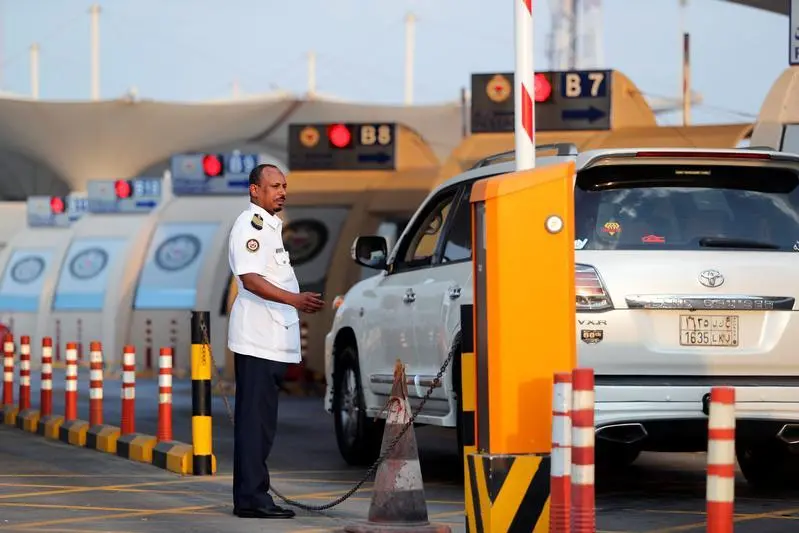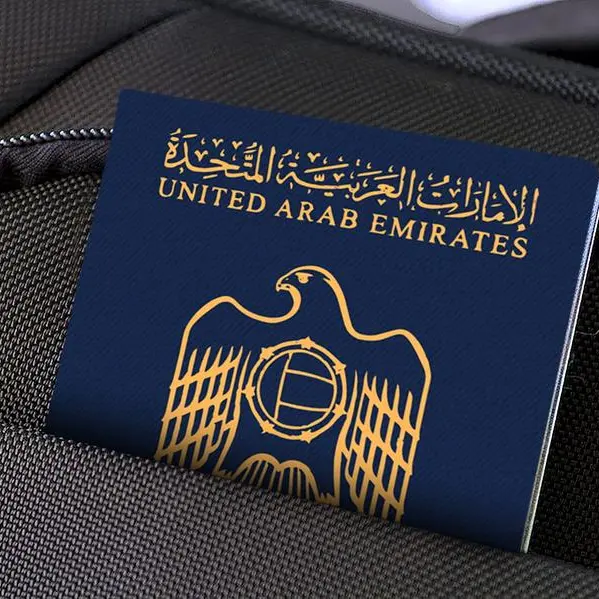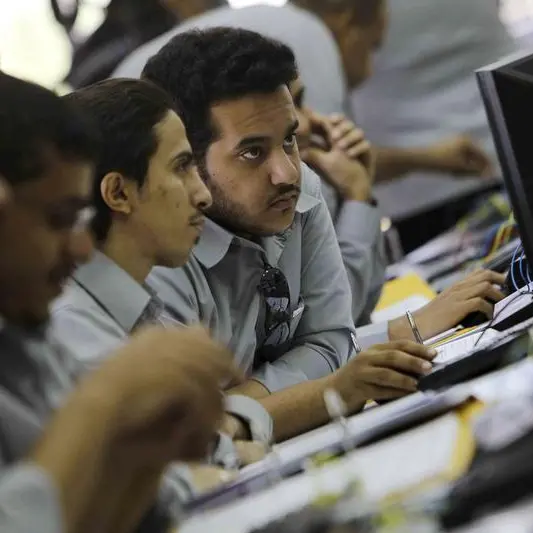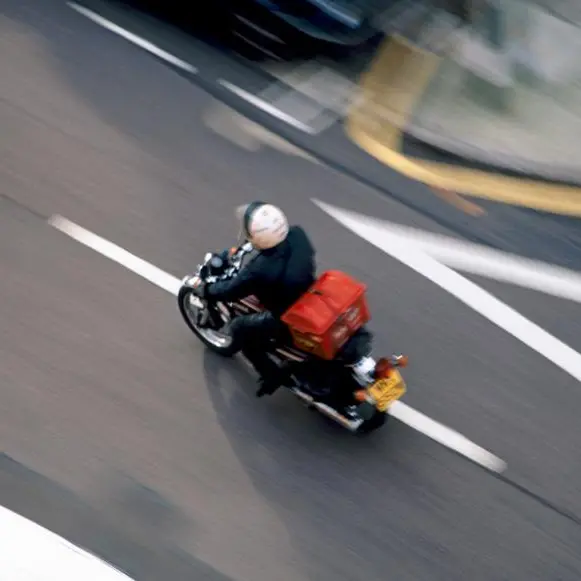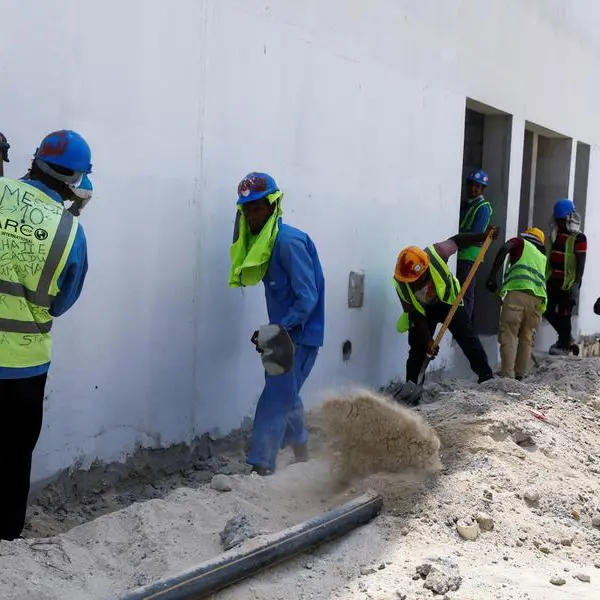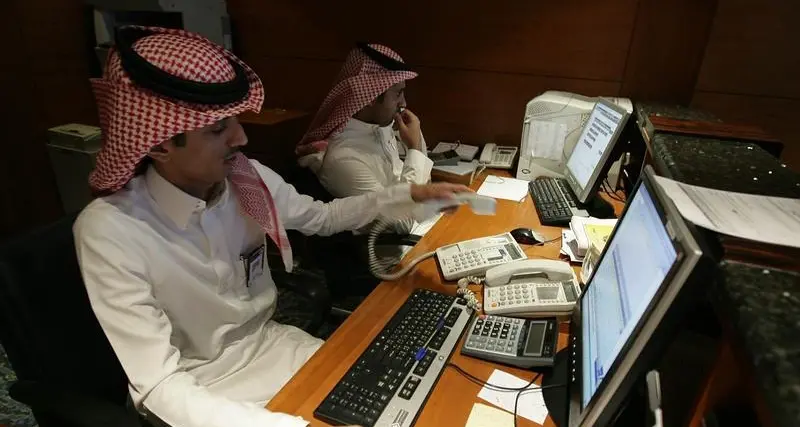PHOTO
Bahrain - Bikers will be allowed to cross the causeway between Bahrain and Saudi Arabia, starting from next week.
It will be done as an experimental phase from Wednesday, with the King Fahad Causeway Authority (KFCA) designating the far right lane for motorcycles.
Under existing regulations, two-wheelers are not allowed to cross King Fahad Causeway from both sides, with riders having to transport their motorcycles on trailers or tow trucks.
KFCA chief executive Emad Al Mohasien said yesterday that a fee of BD2.500 for each direction has been set, which is also paid by motorists crossing the border.
Rules
“The trial run starts from January 1 where licensed vehicles with proper number plates that meet regulations in Saudi Arabia and Bahrain will be allowed,” he said in a statement.
“We advise bikers to strictly adhere to the traffic rules and wear appropriate clothing, eye protector and helmets during their journey.
“There are directions for motorcycle riders to guide them and a special lane on the far right designated for their arrivals or departures.”
Mr Al Mohasien said the service will be available seven days a week, depending on weather conditions.
“The service will be stopped temporarily during bad weather for safety of travellers,” he added.
Meanwhile, Bahrain’s traffic director general Brigadier Abdulrahman bin Abdulwahab Al Khalifa said the directorate was ready to assist bikers during the trial phase.
“We urge motorcycle riders travelling across the bridge to comply with traffic laws and other requirements,” he said yesterday.
The decision has been welcomed by Bahrain-based Desi Riders group that has close to 50 members who regularly organise bike rides in the country, and in October covered more than 4,000km during an epic week-long road trip around the GCC.
The convoy crossed through Saudi Arabia, the UAE and Oman during its ultimate Gulf road trip.
“This is a big decision which we welcome as we will now see more riders from Bahrain and Saudi Arabia crossing the causeway for the first time,” said the group’s spokesman Yasir Butt.
“For all these years, bikers used tow trucks or mini trailers to transport their motorcycles via the causeway.
“But now with this trial phase starting next week there will be more collaboration between Bahrain and GCC motorcycle clubs.”
Link
The 25km strategic causeway was opened in 1986 and is Bahrain’s only land link to Saudi Arabia.
Cars, buses and trucks have been steadily using the link to go in both directions, boosting its significance to millions of people and the two countries.
The first time bikers were reportedly allowed to ride on the causeway was in 2000 when 94 riders, including women, roared across from Saudi to Bahrain to spend the weekend.
Since then Saudi authorities allow motorcycles on the bridge during organised international or regional events such as the Harley-Davison Owners Group.
Last year, Kuwaiti woman Iman Al Gharballi set a record as she managed to cross the causeway on her motorcycle.
The bridge is one of the busiest in the Middle East with the number of travellers reaching over 400 million since its inception.
Project
A second causeway linking the two countries is underway, with the GDN reporting earlier this week on the launch of initial studies for the King Hamad Causeway project.
The Transportation and Telecommunications Ministry said the new 25km-long strategic artery, running parallel to King Fahad Causeway, will carry passenger trains, freight trains and vehicles.
The new causeway – expected to be completed in seven years – is one of Bahrain’s most important strategic projects and will boost ties with Saudi Arabia and support the Gulf infrastructure development and logistic services.
© Copyright 2019 www.gdnonline.com
Copyright 2019 Al Hilal Publishing and Marketing Group Provided by SyndiGate Media Inc. (Syndigate.info).
